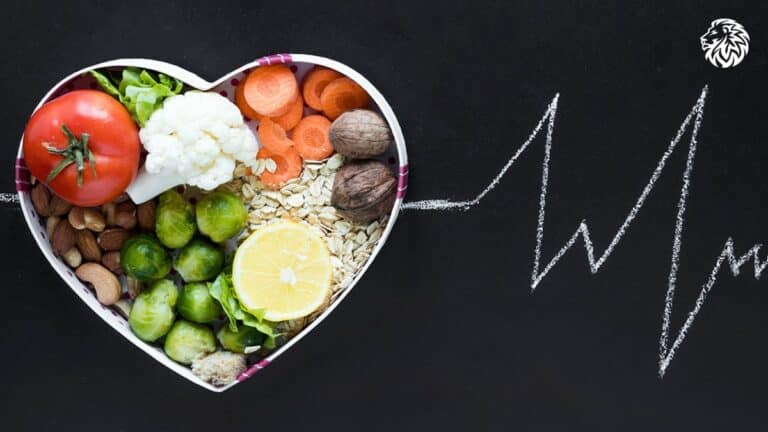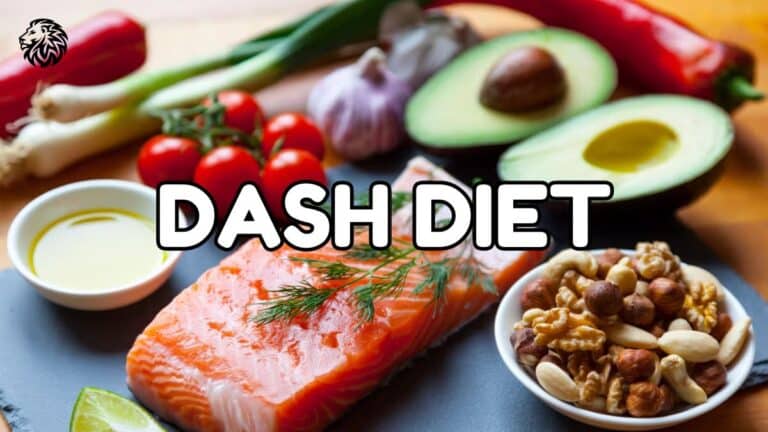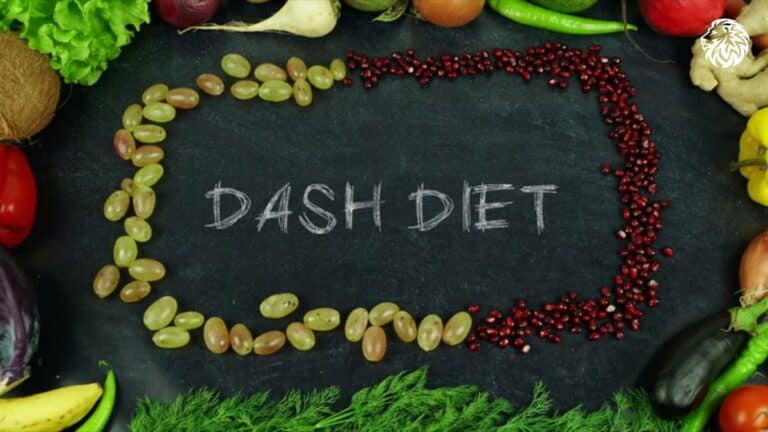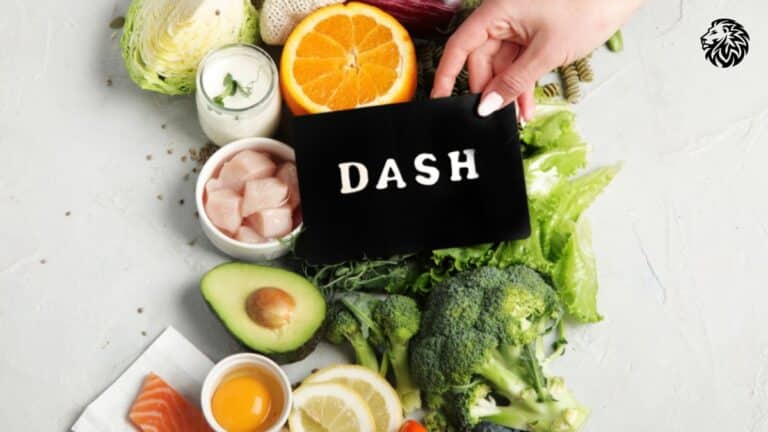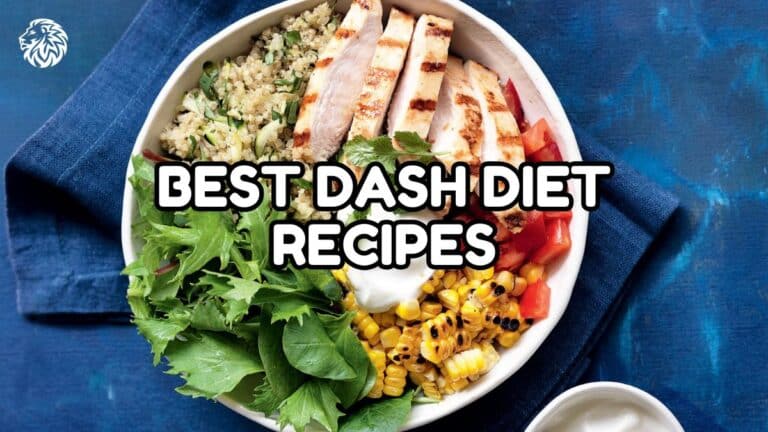The DASH (Dietary Approaches to Stop Hypertension) diet is well-known for its role in promoting heart health and reducing blood pressure. By focusing on whole foods and limiting sodium, the DASH diet encourages the consumption of fruits, vegetables, whole grains, lean proteins, and low-fat dairy. But what about shrimp? If you’re a fan of seafood, you might be wondering whether shrimp fits within the guidelines of this heart-healthy diet. The good news is, shrimp can be enjoyed on the DASH diet when prepared and consumed in the right way.
Nutritional Profile of Shrimp
Before diving into whether shrimp fits into the DASH diet, it’s important to understand its nutritional value. Shrimp is packed with protein and contains several vitamins and minerals that are beneficial for your health:
- High in Protein: Shrimp is an excellent source of lean protein. A 3-ounce serving contains around 20 grams of protein, making it a great option for those looking to meet their protein needs while following the DASH diet.
- Low in Fat: Shrimp is naturally low in fat, and the fat it does contain includes healthy omega-3 fatty acids, which support heart health.
- Rich in Nutrients: Shrimp is a good source of essential vitamins and minerals like selenium, iodine, vitamin B12, and phosphorus, all of which contribute to overall well-being.
- Low in Calories: With only about 84 calories per 3-ounce serving, shrimp is a light yet satisfying option for meals and snacks.
However, shrimp is also known for being somewhat high in cholesterol, with about 166 milligrams per 3-ounce serving. This might raise some eyebrows for those concerned about heart health. But recent studies have shown that dietary cholesterol does not have as significant an impact on blood cholesterol levels as previously thought, especially when consumed as part of a balanced diet.
How Shrimp Fits into the DASH Diet
The DASH diet emphasizes eating lean proteins, and shrimp fits perfectly into this category when prepared correctly. Here are some reasons why shrimp can be a beneficial part of your DASH diet:
1. Lean Protein Source
Protein is essential on the DASH diet, and shrimp provides a low-fat, lean source of this nutrient. Consuming adequate protein helps support muscle mass, keep you feeling full, and stabilize blood sugar levels, which is especially helpful if you’re working toward weight loss or managing high blood pressure. Shrimp is an excellent choice for meeting your protein needs without the added saturated fat found in red meats.
2. Low Sodium Options
One of the core principles of the DASH diet is to limit sodium intake, aiming for no more than 2,300 milligrams per day or ideally 1,500 milligrams for those with high blood pressure. Shrimp naturally contains sodium, but fresh or frozen shrimp that hasn’t been processed is a low-sodium option. The problem arises with processed or pre-cooked shrimp, which can be loaded with added salt. If you’re buying shrimp, be sure to check labels for sodium content and avoid pre-seasoned varieties.
3. Rich in Omega-3s
Omega-3 fatty acids are important for heart health, and while shrimp is not as rich in omega-3s as fatty fish like salmon, it still contains a moderate amount. These healthy fats can help reduce inflammation, lower triglyceride levels, and improve overall cardiovascular health. Including shrimp in your meals can provide these benefits while adhering to the DASH diet’s principles of heart health.
Tips for Incorporating Shrimp into Your DASH Diet
Now that you know shrimp can be part of a DASH-friendly diet, it’s important to consider how to prepare and enjoy it. Here are some tips to help you make the most of this seafood while sticking to the DASH guidelines:
1. Avoid Fried Shrimp
Fried foods are high in unhealthy fats and calories, which can counteract the benefits of the DASH diet. Instead, opt for healthier cooking methods like grilling, steaming, or sautéing shrimp in a small amount of olive oil. These methods retain the flavor of the shrimp without adding excessive fat or calories.
2. Watch the Sodium Content
As mentioned earlier, shrimp can be high in sodium, especially if it’s pre-cooked or processed. To keep your sodium intake in check, choose fresh or frozen shrimp that hasn’t been pre-seasoned. If you buy shrimp from a restaurant or seafood market, ask if they use salt in their preparation and request that they hold back on the seasoning if needed.
3. Pair Shrimp with DASH-Approved Sides
Shrimp can be the star of a DASH-friendly meal, especially when paired with the right sides. Consider serving shrimp over a bed of quinoa, brown rice, or whole-wheat pasta. You can also include a variety of colorful vegetables like steamed broccoli, roasted sweet potatoes, or a fresh spinach salad. These additions will help round out your meal with fiber, vitamins, and minerals while keeping everything in line with the DASH diet’s guidelines.
4. Use DASH-Friendly Seasonings
Herbs and spices are an excellent way to add flavor to your shrimp without relying on salt. Garlic, lemon juice, paprika, and cilantro are great options to elevate the taste of shrimp while keeping the dish low in sodium. You can also experiment with seasoning blends like Italian herbs or smoked paprika for a new flavor profile.
5. Control Portion Sizes
While shrimp is a lean and healthy protein, it’s important to watch portion sizes. A standard serving size of shrimp is about 3 ounces, or approximately six to nine medium-sized shrimp. Eating too much, especially if paired with high-calorie sides or sauces, could lead to excessive calorie intake, which may not align with the DASH diet’s goals.
Sample DASH-Friendly Shrimp Recipe: Grilled Garlic Shrimp with Quinoa
To help you incorporate shrimp into your DASH diet, here’s a simple, low-sodium recipe that you can try at home.
Ingredients:
- 1 pound fresh shrimp, peeled and deveined
- 2 tablespoons olive oil
- 3 cloves garlic, minced
- 1 tablespoon lemon juice
- 1 teaspoon paprika
- 1/4 teaspoon black pepper
- 1/4 cup fresh parsley, chopped
- 1 cup cooked quinoa
- Steamed vegetables (e.g., broccoli or carrots) for serving
Instructions:
- In a bowl, combine olive oil, garlic, lemon juice, paprika, and black pepper.
- Add the shrimp to the marinade and let sit for 15-20 minutes.
- Preheat the grill or grill pan over medium heat.
- Grill the shrimp for 2-3 minutes on each side, until pink and opaque.
- Serve the shrimp over a bed of cooked quinoa, with a side of steamed vegetables.
- Garnish with fresh parsley and a squeeze of lemon juice.
This simple dish is packed with protein and healthy fats, and it’s low in sodium, making it perfect for a DASH-friendly dinner.
Final Thoughts
So, can you eat shrimp on the DASH diet? Absolutely! Shrimp can be a delicious and nutritious addition to your meal plan as long as it’s prepared in a heart-healthy way. By choosing fresh shrimp, watching your sodium intake, and pairing it with DASH-approved sides, you can enjoy this seafood while sticking to the principles of the DASH diet. With its lean protein content, omega-3s, and low calorie count, shrimp is a great option to include in a diet aimed at reducing blood pressure and promoting overall health.


